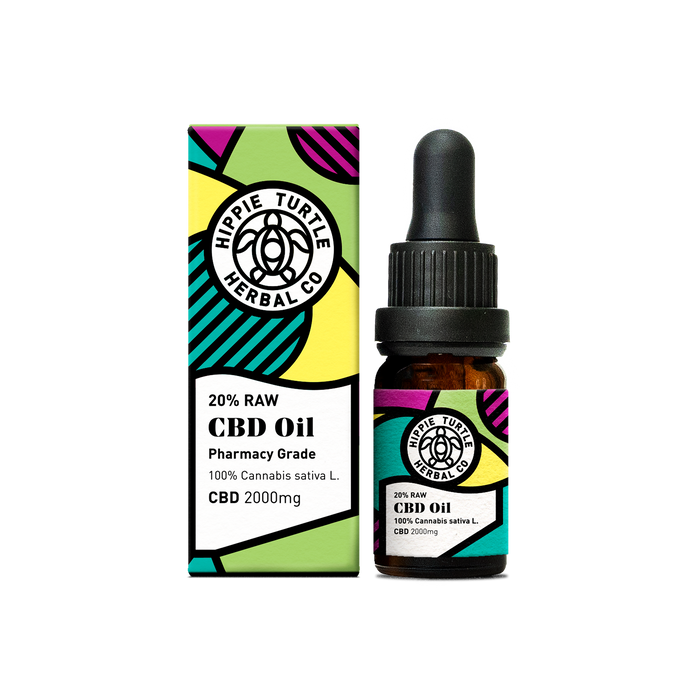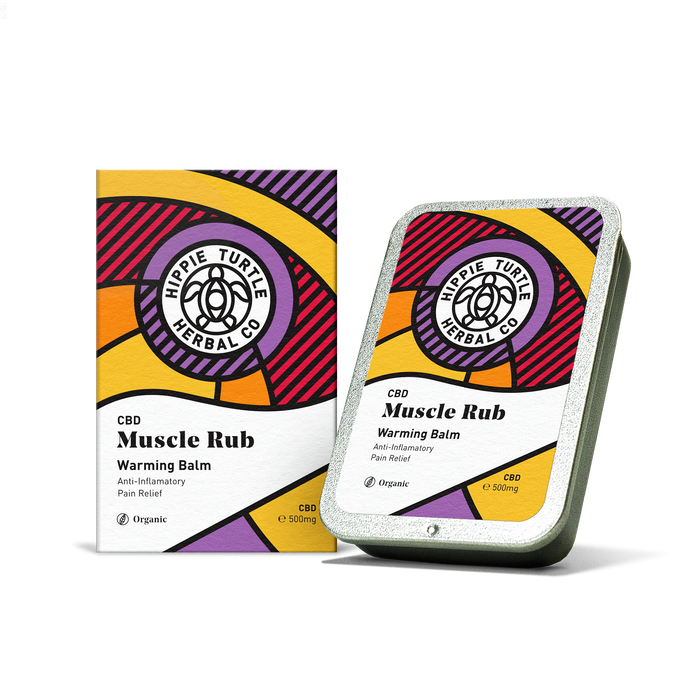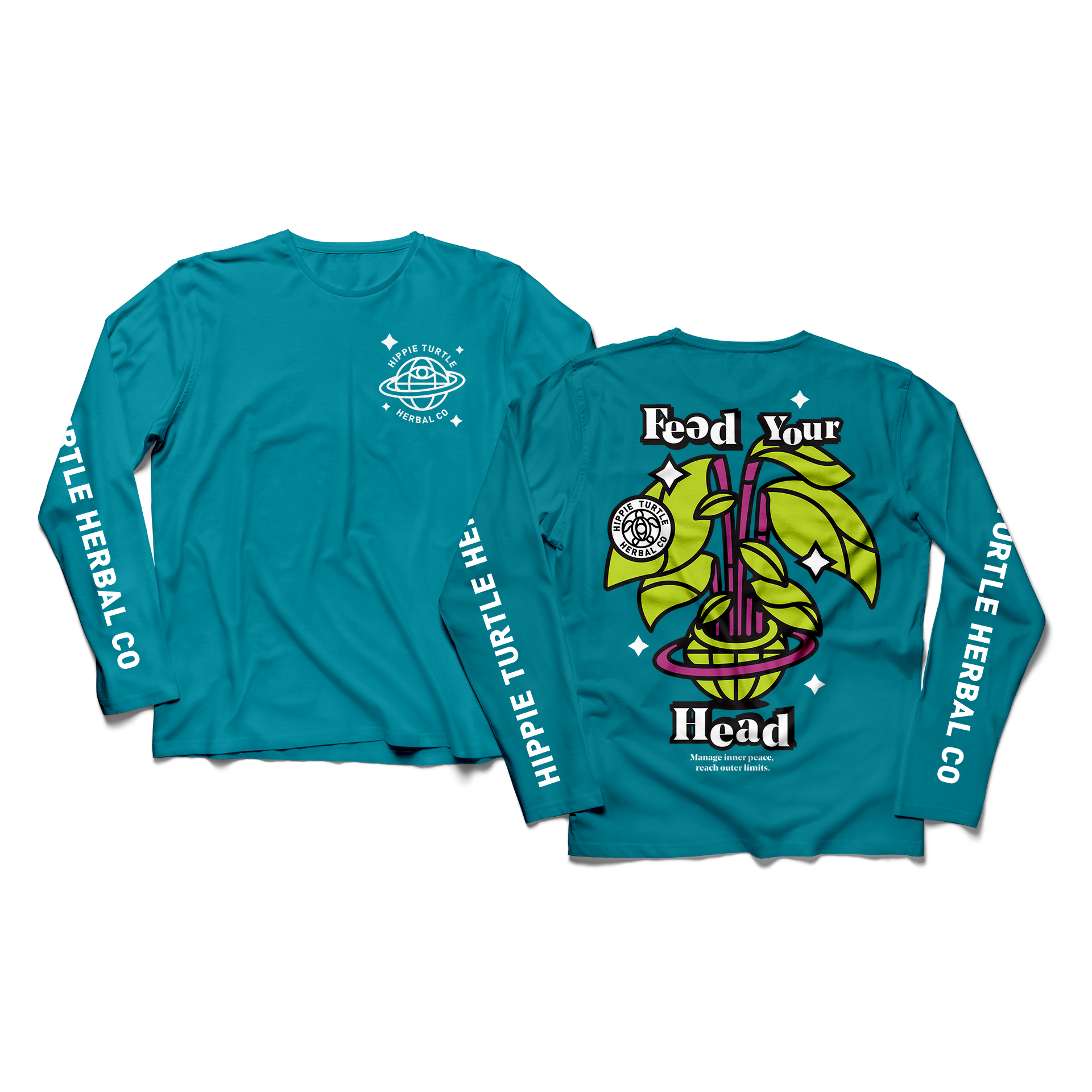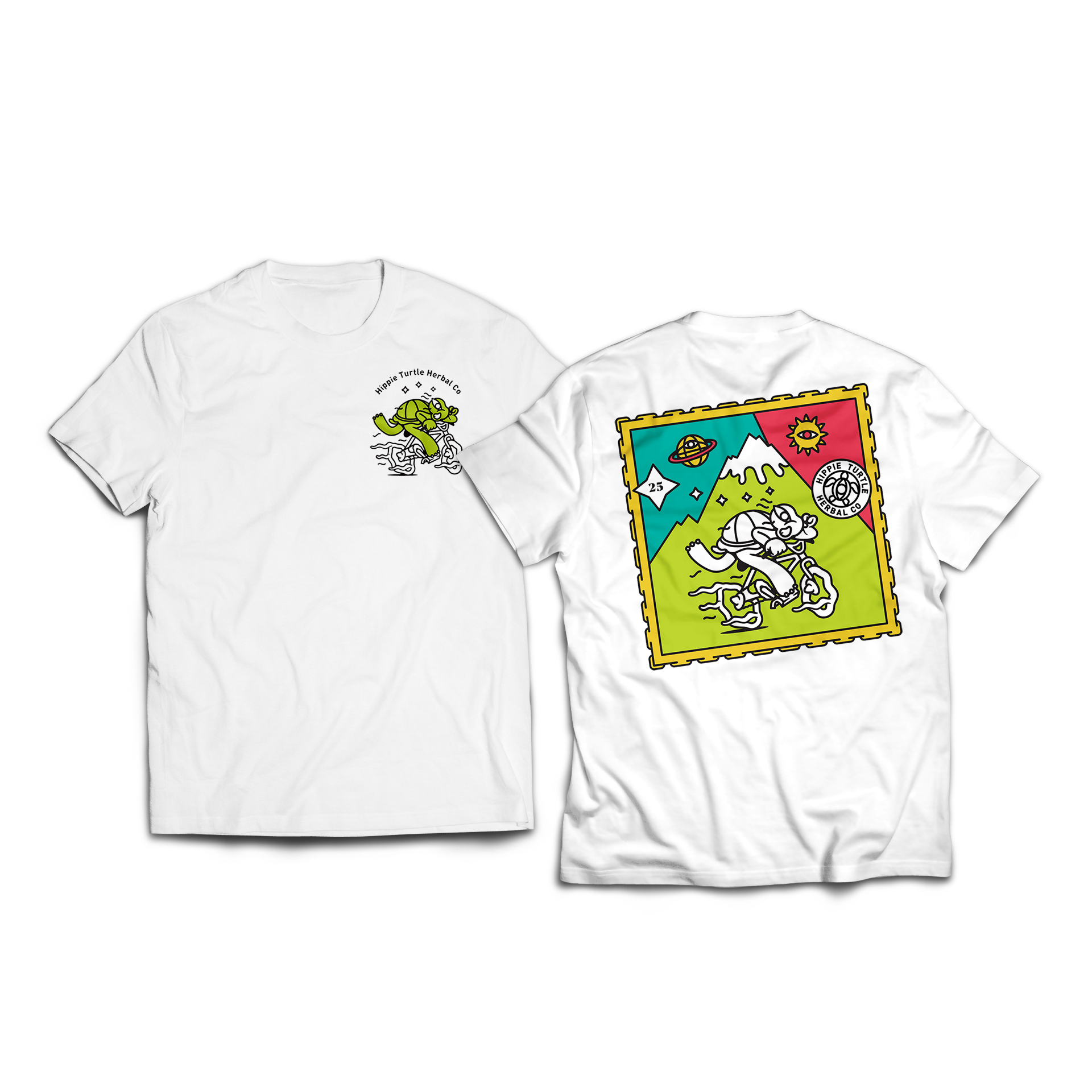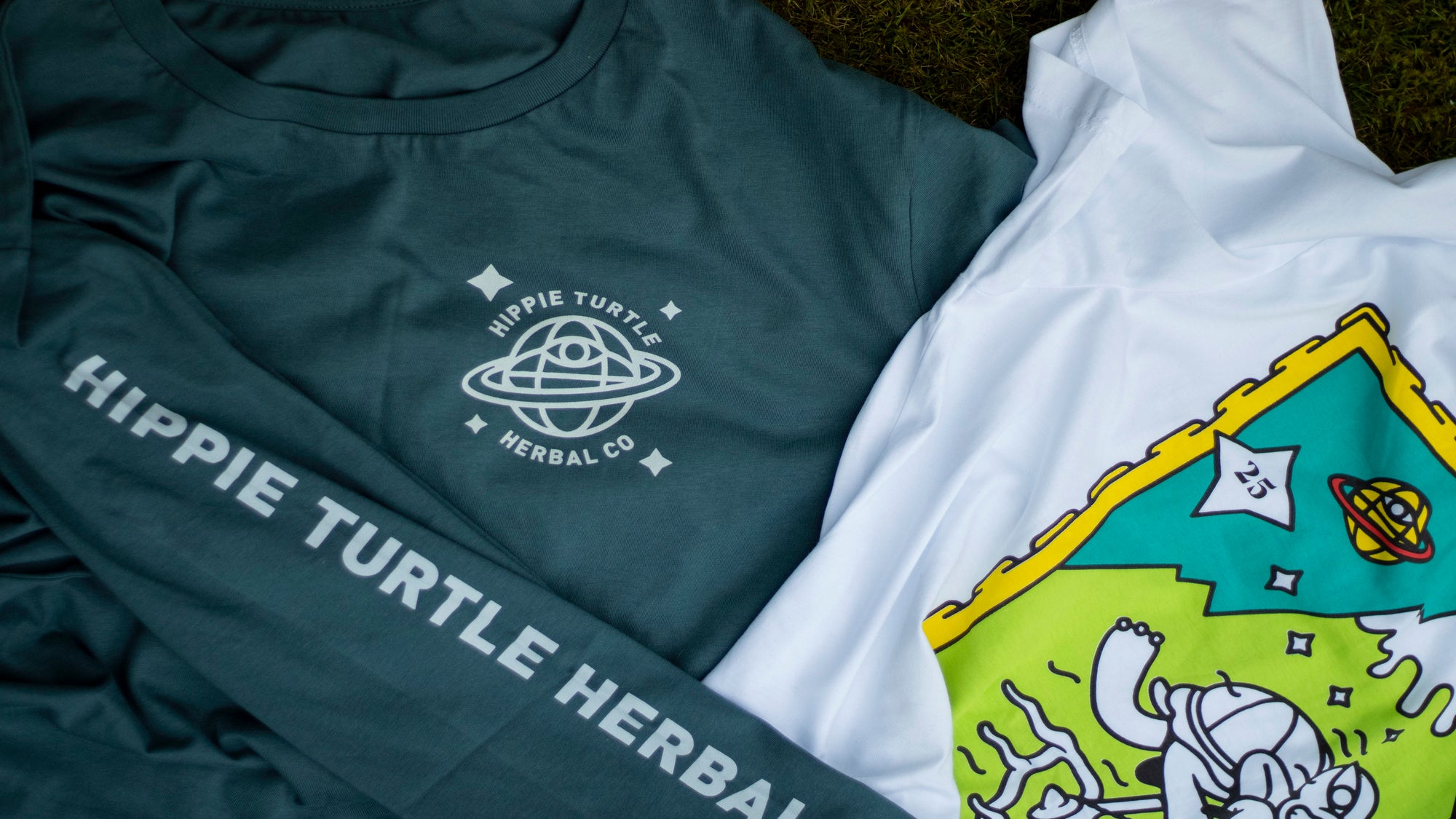

· By Kaya Turner
Why cheap clothes are costing the planet
Why cheap clothes are costing the planet
The demand for fast fashion is having a devastating impact on our planet. It seems that trends come and go as frequently as the weather changes. After the fuel industry and animal agriculture, fashion production is third on the list of ‘most polluting industries’, and here is why…
Conventional cotton production uses masses of water
Cotton is the most utilized non-food crop in the world. This light but durable fabric comes from the fibers of the cotton plant, and although it is natural and biodegradable the mass production of cotton to meet the ever growing demand of the population has left an irreversible impression on our environment. It took only 10 years of large scale irrigation to almost completely dry out the Aral sea in Central Asia. Water was diverted from the sea to supply cotton production in the desert. This has had a catastrophic impact on the biodiversity of the area; it is an example of total ecosystem collapse. Similarly, the Indus River Basin in Pakistan is under tremendous pressure due to the country’s extensive textiles industry. Such high demand for clothes is threatening our planet’s water ways. If not managed sustainably it will lead to drought and subsequently famine directly affecting the countries that the western world sources their cheap labour from.
Chemical runoff is polluting our rivers
Many countries in which garments are produced do not enforce environmental regulations on their factories. This means that inks and pigments used for dying clothes end up pumped into nearby rivers or lakes without proper treatment and filtration. This wastewater can contain chemicals such as lead and ammonia, harmful to both the wildlife and local population. It is said in some parts of China that to predict the up-and-coming colours of next season all you need to do is look at the colour of the river. But this is not a far-away problem, as this polluted water eventually meets the ocean and spreads worldwide.
Microplastics
The poor quality of fast fashion garments means they tear easily and bobble up after only a few washes, making them difficult to resell or repurpose thus resulting in an ever growing pile of textile landfill. In fact, the average western family throws away 30kg of clothing each year. Due to rapidly changing trends these brands make their clothes from synthetic materials such as polyester and nylon as they are cheaper and faster to produce compared to cotton or wool. Polyester is a byproduct of petroleum and is non-degradable, taking up to 200 years to decompose. Not only that, but every time we wash synthetic clothing it releases microplastics into the water, which are then ingested by aquatic life. Ultimately, this ends up in our own bodies too because everything is connected and water is the source of all life on earth. Recent studies have found that we consume up to a credit card’s worth of plastic each week.
What is the alternative?
There is certainly pressure to look presentable both at work and in day-to-day life, so wanting to stay on trend with the latest fashion is understandable. But what steps can we take to minimise our impact on the environment when purchasing new clothes?
Vintage or second hand
Buying pre-loved garments is a great way to reduce the demand for fast fashion. Most towns and cities in the UK have charity shops, vintage or thift stores where you can buy second hand clothing for a fraction of the price you pay for brand new. And if you’re after something specific the internet can probably provide you with it. The popularity of websites and apps such as Vinted, Ebay, and Depop has soared in the past 5 years. Simply type in what you're after and you may find somebody somewhere selling it online.
Sustainably sourced fashion
Second hand clothes aren’t ideal for everyone. It can be hard to find the correct size and items may not be in their best condition. When shopping for new clothes have a look for sustainable brands, this website has a list of certified sustainable clothing outlets. Choosing organic cotton is another way in which we can minimise environmental damage. Organic cotton grows in places where rain is plentiful and water does not need to be diverted to support cotton farms; it uses 91% less water to produce compared to conventional cotton production. Not to mention the fact that organic farming does not involve the use of heavy chemical pesticides and fertilizers which destroy soil and biodiversity.
Biodegradable fashion
Reducing our plastic consumption is a crucial step towards saving the planet. Plastic is made from fossil-fuel based chemicals and the manufacturing processes behind producing plastic-based textiles is toxic to the environment. Clothes made from cotton, wool, linen and other natural fibers can biodegrade, leaving behind less damage. The standard ink used in the fashion industry is plastisol which, unsurprisingly, is created from a base of plastic. Look out for eco-friendly dyes and inks that are water based, they do not release microplastics when washed and nor do they create the same harmful chemical runoff when manufactured.
Check out our NEW sustainable T-shirts
We are excited to share with you our range of Hippie Turtle Herbal Co T-shirts. Protecting the planet is at the heart of what we do. That's why we’ve taken the necessary steps to provide our customers with T-shirts that are sustainably sourced and mindfully manufactured. Made from 100% GOTS* certified organic cotton, and screen-printed using eco-friendly water-based inks certified by the Soil Association, so you can rest assured about the authenticity of our eco-friendly claims. Our 3 unique Hippie Turtle designs are printed on light, soft, loose-fitting fabric, allowing you to move freely into your next adventure.
*Global Organic Textile Standard
The demand for fast fashion is having a devastating impact on our planet. It seems that trends come and go as frequently as the weather changes. After the fuel industry and animal agriculture, fashion production is third on the list of ‘most polluting industries’, and here is why…
Conventional cotton production uses masses of water
Cotton is the most utilized non-food crop in the world. This light but durable fabric comes from the fibers of the cotton plant, and although it is natural and biodegradable the mass production of cotton to meet the ever growing demand of the population has left an irreversible impression on our environment. It took only 10 years of large scale irrigation to almost completely dry out the Aral sea in Central Asia. Water was diverted from the sea to supply cotton production in the desert. This has had a catastrophic impact on the biodiversity of the area; it is an example of total ecosystem collapse. Similarly, the Indus River Basin in Pakistan is under tremendous pressure due to the country’s extensive textiles industry. Such high demand for clothes is threatening our planet’s water ways. If not managed sustainably it will lead to drought and subsequently famine directly affecting the countries that the western world sources their cheap labour from.
Chemical runoff is polluting our rivers
Many countries in which garments are produced do not enforce environmental regulations on their factories. This means that inks and pigments used for dying clothes end up pumped into nearby rivers or lakes without proper treatment and filtration. This wastewater can contain chemicals such as lead and ammonia, harmful to both the wildlife and local population. It is said in some parts of China that to predict the up-and-coming colours of next season all you need to do is look at the colour of the river. But this is not a far-away problem, as this polluted water eventually meets the ocean and spreads worldwide.
Microplastics
The poor quality of fast fashion garments means they tear easily and bobble up after only a few washes, making them difficult to resell or repurpose thus resulting in an ever growing pile of textile landfill. In fact, the average western family throws away 30kg of clothing each year. Due to rapidly changing trends these brands make their clothes from synthetic materials such as polyester and nylon as they are cheaper and faster to produce compared to cotton or wool. Polyester is a byproduct of petroleum and is non-degradable, taking up to 200 years to decompose. Not only that, but every time we wash synthetic clothing it releases microplastics into the water, which are then ingested by aquatic life. Ultimately, this ends up in our own bodies too because everything is connected and water is the source of all life on earth. Recent studies have found that we consume up to a credit card’s worth of plastic each week.
What is the alternative?
There is certainly pressure to look presentable both at work and in day-to-day life, so wanting to stay on trend with the latest fashion is understandable. But what steps can we take to minimise our impact on the environment when purchasing new clothes?
Vintage or second hand
Buying pre-loved garments is a great way to reduce the demand for fast fashion. Most towns and cities in the UK have charity shops, vintage or thift stores where you can buy second hand clothing for a fraction of the price you pay for brand new. And if you’re after something specific the internet can probably provide you with it. The popularity of websites and apps such as Vinted, Ebay, and Depop has soared in the past 5 years. Simply type in what you're after and you may find somebody somewhere selling it online.
Sustainably sourced fashion
Second hand clothes aren’t ideal for everyone. It can be hard to find the correct size and items may not be in their best condition. When shopping for new clothes have a look for sustainable brands, this website has a list of certified sustainable clothing outlets. Choosing organic cotton is another way in which we can minimise environmental damage. Organic cotton grows in places where rain is plentiful and water does not need to be diverted to support cotton farms; it uses 91% less water to produce compared to conventional cotton production. Not to mention the fact that organic farming does not involve the use of heavy chemical pesticides and fertilizers which destroy soil and biodiversity.
Biodegradable fashion
Reducing our plastic consumption is a crucial step towards saving the planet. Plastic is made from fossil-fuel based chemicals and the manufacturing processes behind producing plastic-based textiles is toxic to the environment. Clothes made from cotton, wool, linen and other natural fibers can biodegrade, leaving behind less damage. The standard ink used in the fashion industry is plastisol which, unsurprisingly, is created from a base of plastic. Look out for eco-friendly dyes and inks that are water based, they do not release microplastics when washed and nor do they create the same harmful chemical runoff when manufactured.
Check out our NEW sustainable T-shirts
We are excited to share with you our range of Hippie Turtle Herbal Co T-shirts. Protecting the planet is at the heart of what we do. That's why we’ve taken the necessary steps to provide our customers with T-shirts that are sustainably sourced and mindfully manufactured. Made from 100% GOTS* certified organic cotton, and screen-printed using eco-friendly water-based inks certified by the Soil Association, so you can rest assured about the authenticity of our eco-friendly claims. Our 3 unique Hippie Turtle designs are printed on light, soft, loose-fitting fabric, allowing you to move freely into your next adventure.
*Global Organic Textile Standard
Regular price
Sale price
Unit price
per
Tax included.
Regular price
Sale price
Unit price
per
Tax included.

